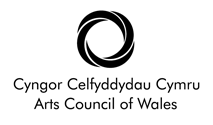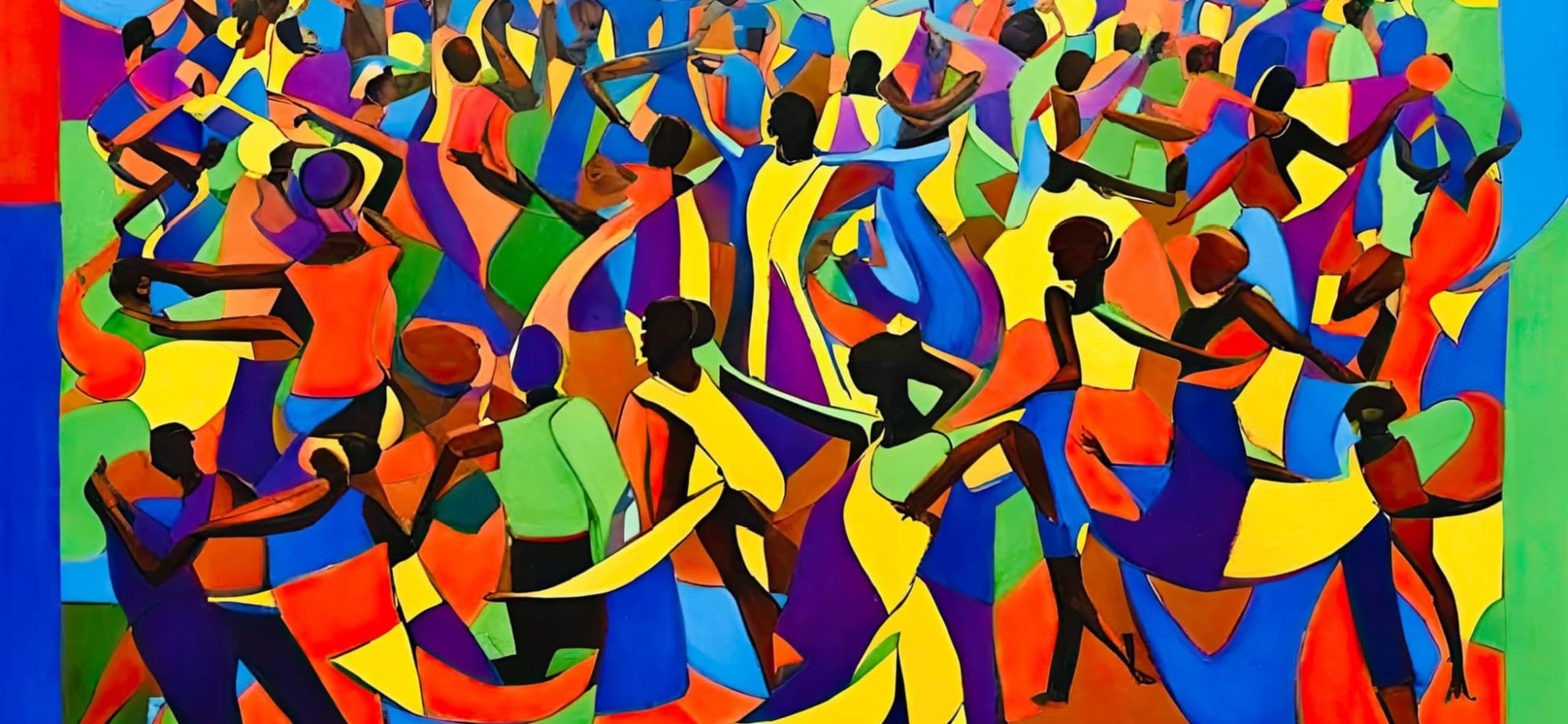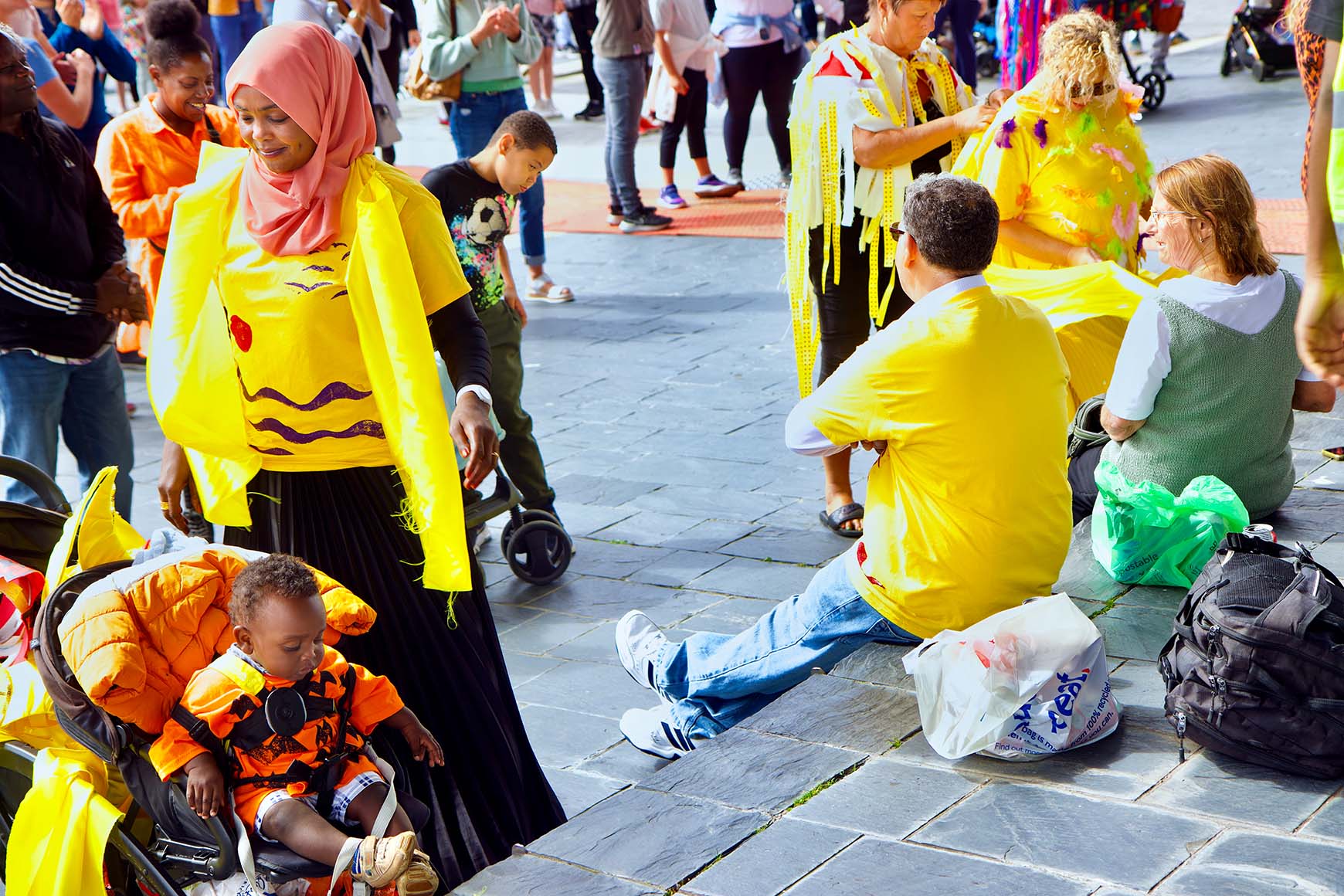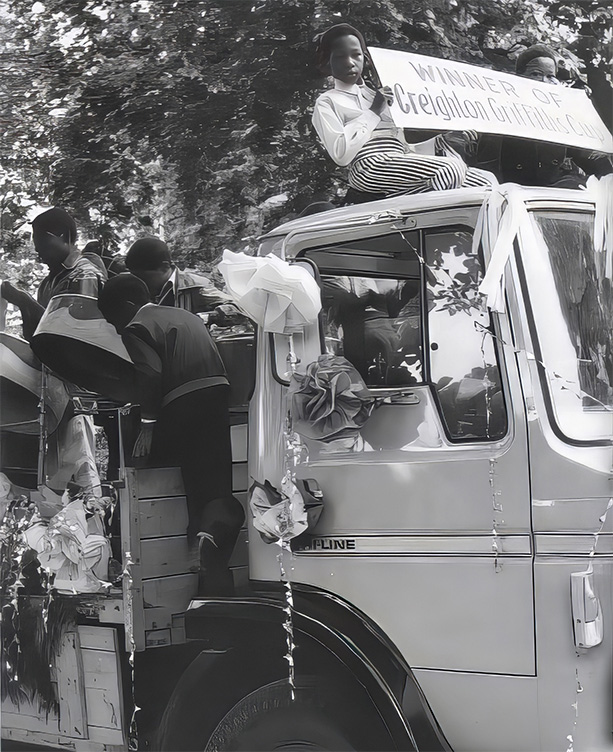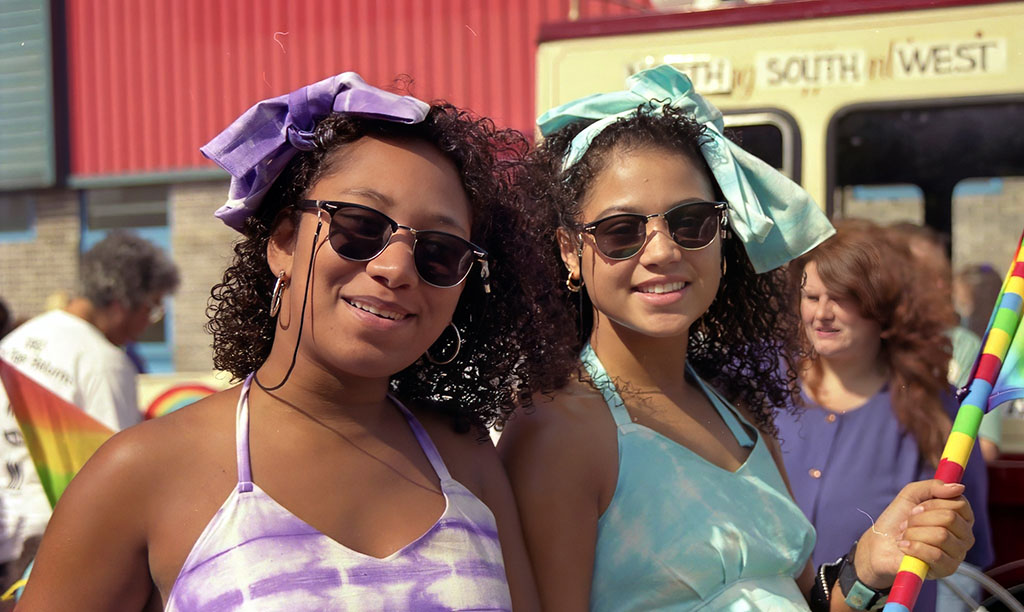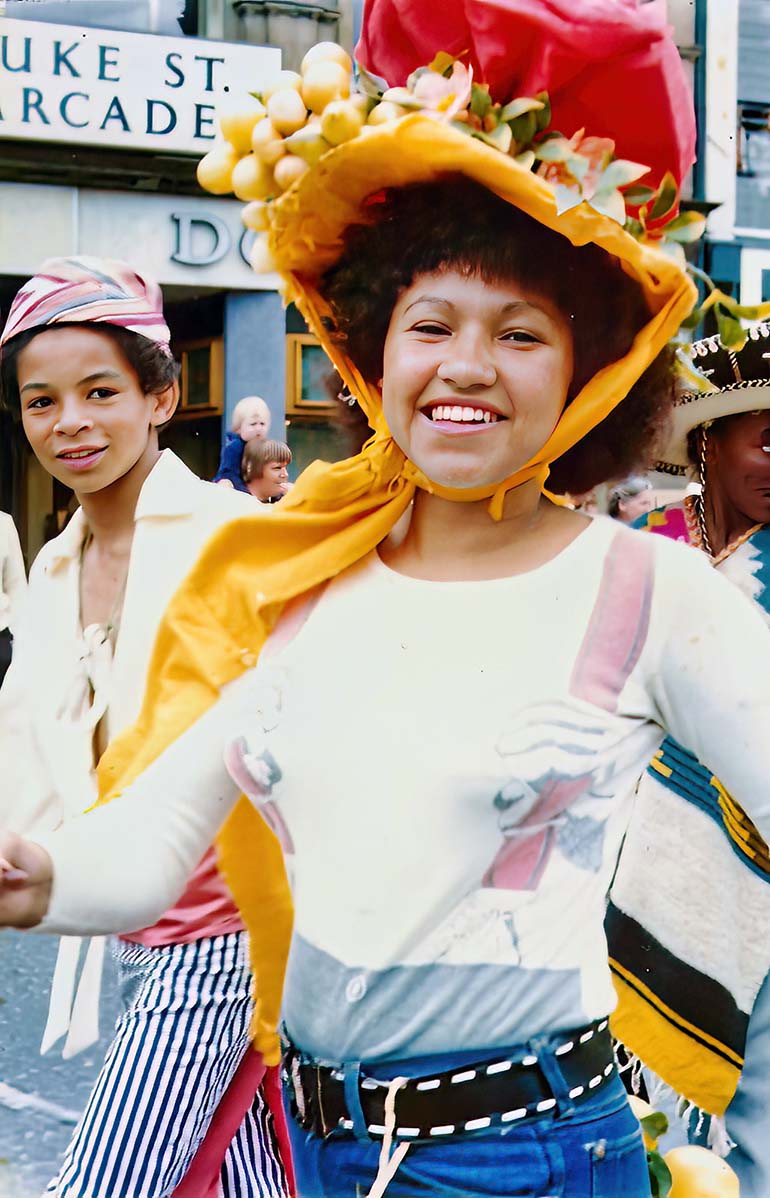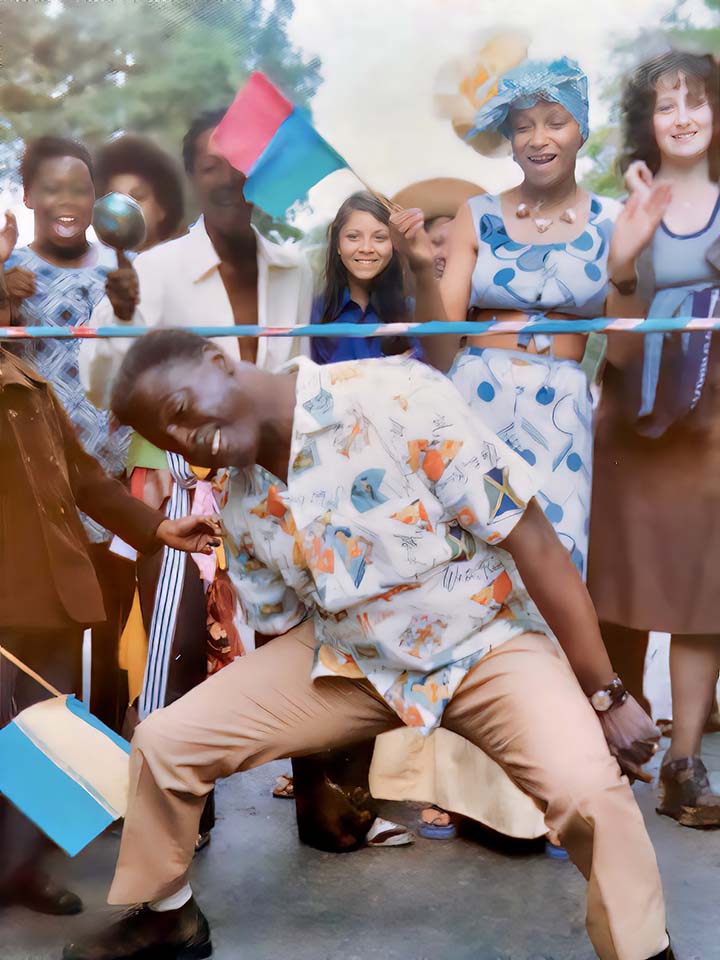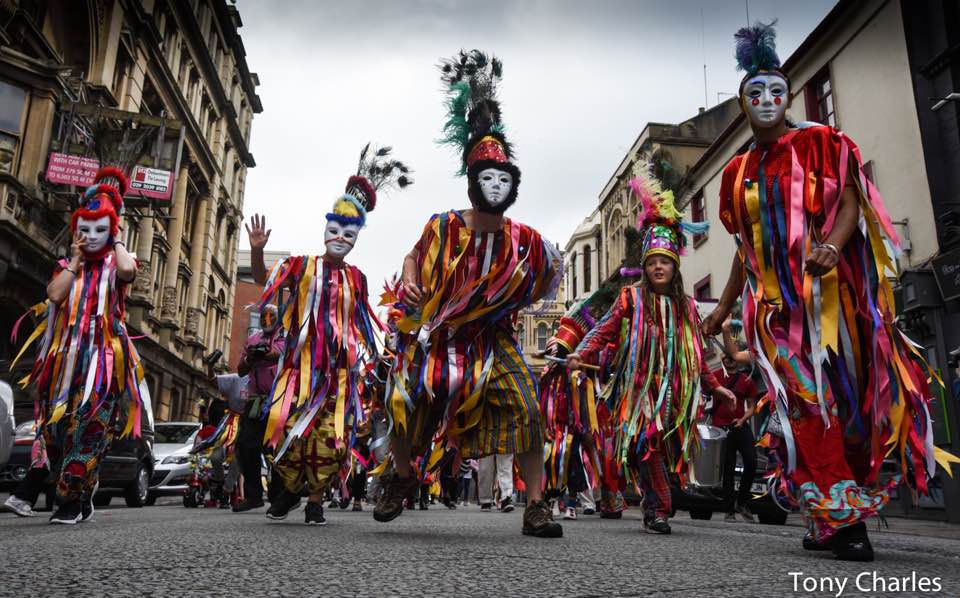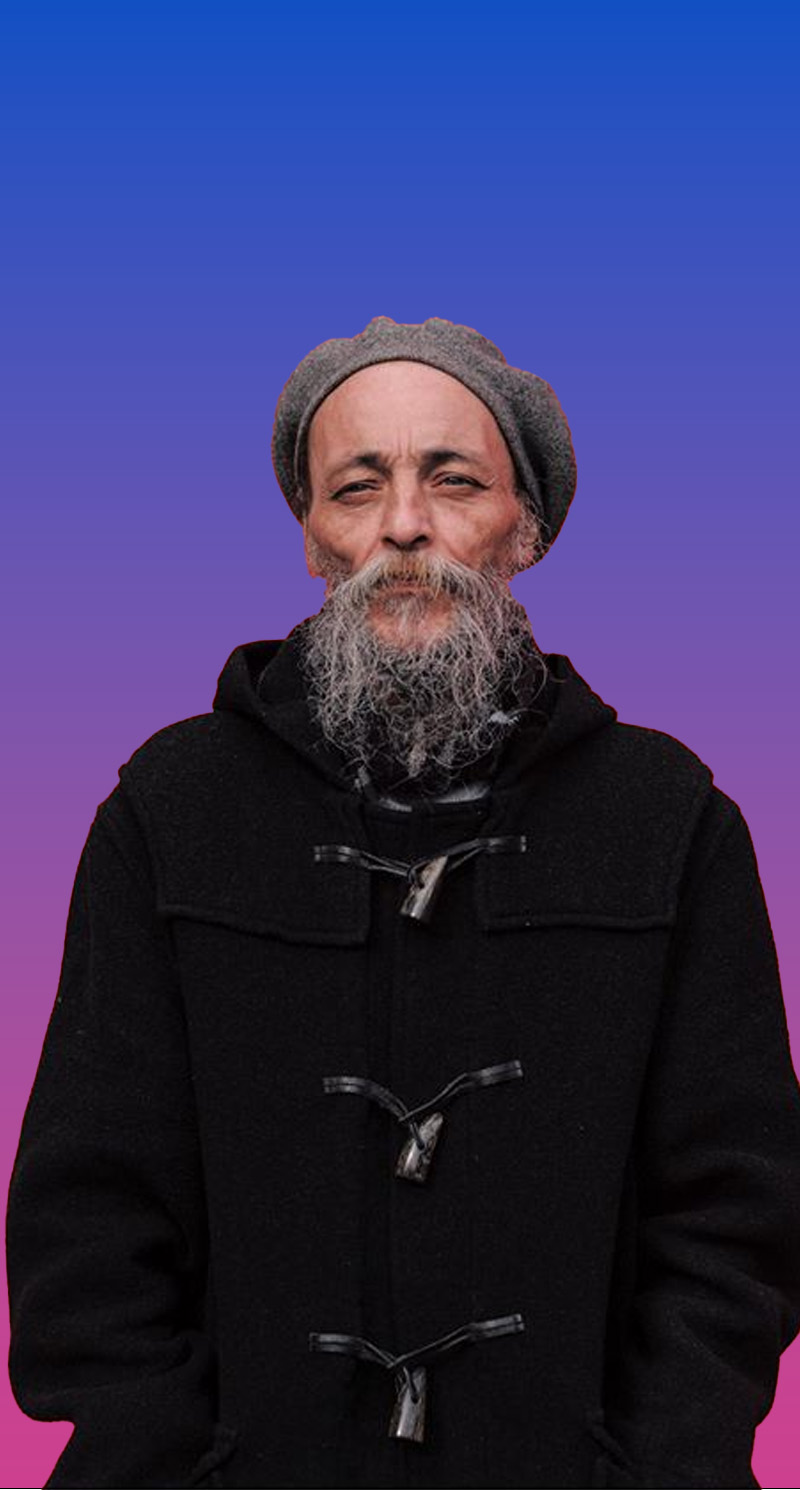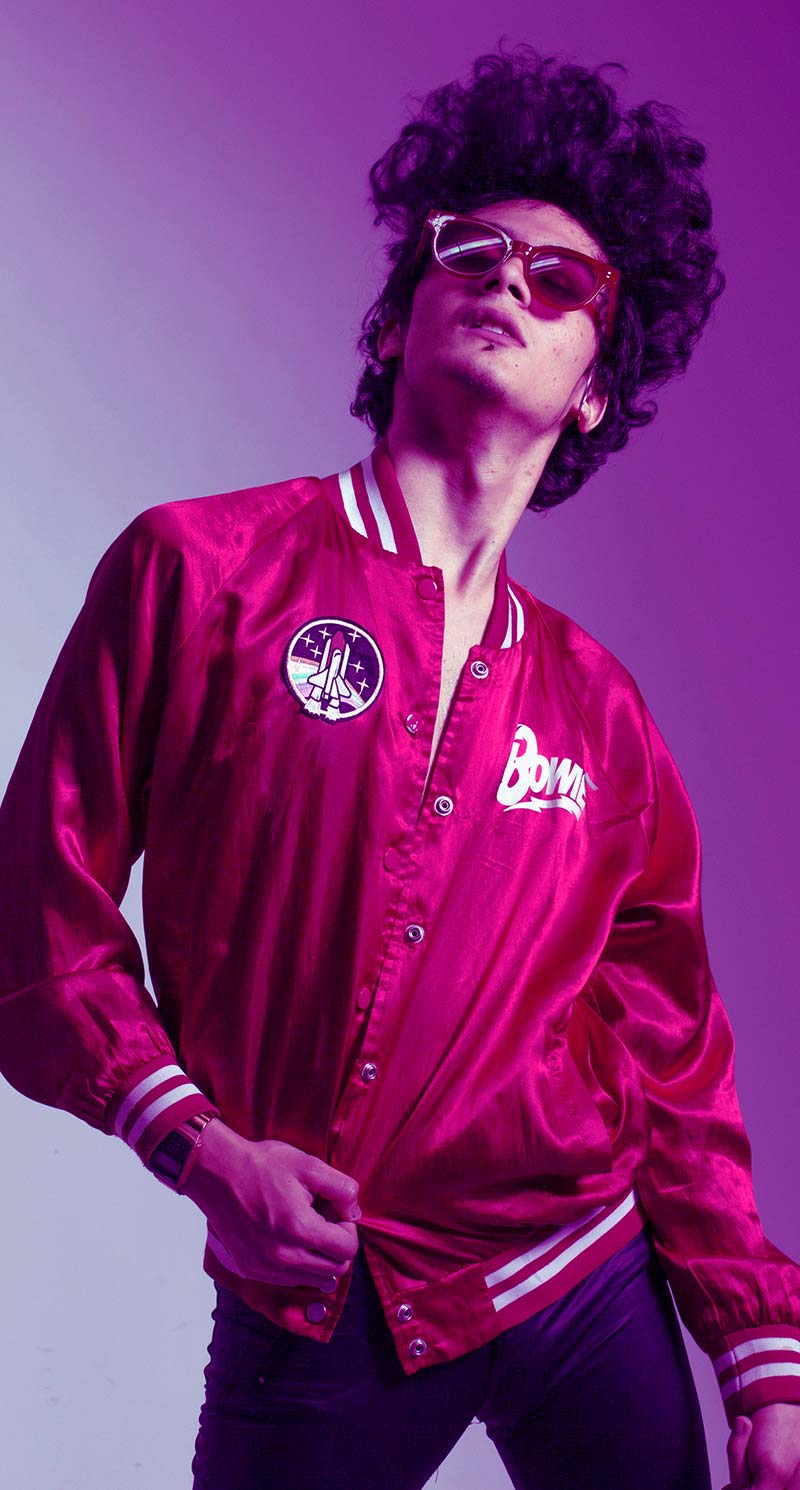our history
Butetown Arts & Culture Association
Butetown in Cardiff was one of the UK’s first multicultural communities with people from over 50 different countries settling in the first part of the 20th Century, working in the docks and associated industries.
Following the resurrection of Butetown Carnival in 2014 after a 16-year absence, Butetown Arts & Culture Association (BACA) was formed in 2015 to promote, celebrate and sustain the diverse social, cultural and artistic heritage of Butetown, Cardiff.
BACA is led by local people with a longstanding history of involvement in the production and delivery of cultural events and activities in and around Butetown and further afield. BACA has worked in partnership with other community members and organisations to produce and promote diverse cultural events and activities including Butetown Carnival.
Due to the pandemic, the carnival in 2020 adapted to provide an online channel and scaled-down public performances, showcasing the creativity of the costume makers.

-
Carnival Cabaret: Positive Vibrations – A Night of Culture and Community
📅 Date: March 7, 2025 📍 Location: Cabaret Space, Wales Millennium Centre 🎟 Tickets: Pay What You Can (£2, £5, or £8) Feel the Rhythm, Energy, and Positive Vibrations The Carnival Cabaret: Positive Vibrations is set to be an unmissable night of music, culture, and celebration at the Wales Millennium Centre. This uplifting
colourful bold & never too old
Get involved in
carnival 2024
Fancy making a mask? Volunteering to help support, or just enjoying the parade? We've put together all the fantastic ways your family can join in.



